How Cold is TOO Cold for Dogs? (Winter Safety)
It’s no news that dogs love to play, take a walk in the park, or holler around with their furry friends in the park. It’s fine for them to do that. You can hardly contain the energy of a dog anyway.
However, there are seasons you might want to contain the “outside shenanigans” of your dogs for their overall well-being. One of those seasons is winter.
Although this is not to say that your pup should stay all locked up during the winter season, it just means a check and balance should be involved when considering outside play times during winter.
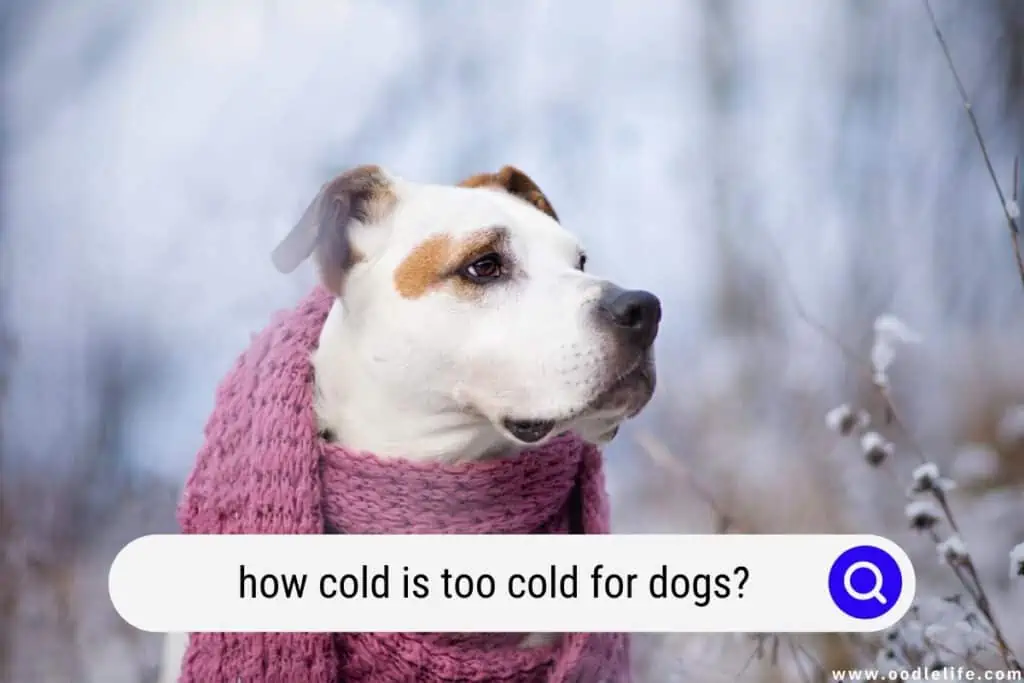
Also, how much cold your canine companion can be exposed to, varies across different breeds. In other words, how cold is too cold for dogs, depends on the dog itself as well as the weather conditions.
Let’s take a closer look at some of the unique factors that determine how much cold a dog can take.
Factors that Affect Your Dog’s Cold Tolerance
Much in the same way as humans and dogs, the cold tolerance of one dog differs from another. So, while one dog might joyfully bounce and wriggle itself in the cold reins of the snow, another dog might find it hard to even step out into the cold. This is largely expressed by the factors examined below.
Weight
Skinny dogs are easily susceptible to colds, unlike fatter dogs, because they lack sufficient fat. Fat, by the way, happens to be a very good insulator. This is not to say you should stuff your pooch to become fat before winter.
You might be doing more harm than good.
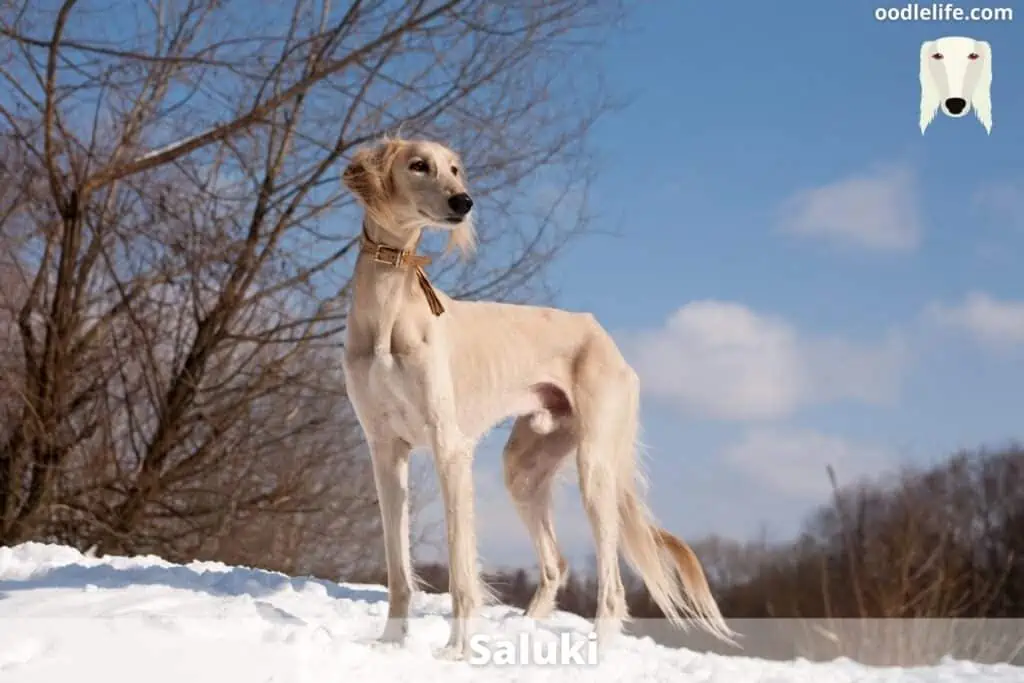
Coat Type
The coat type of your dog largely determines how cold tolerant they can be. Dogs like Alaskan Malamutes, Siberian Huskies, and Mountain dogs top the table of the most cold-tolerant breeds. This is because they have a long, double-layered coat that’s thicker than that of other dogs.
So it acts as an insulator.
On the contrary, dogs like Greyhounds and American Pit Bull Terriers with thinner and shorter coats are the most vulnerable to harsh winter conditions. That is, they are the most cold-intolerant because their coat cannot act as an insulator to protect them from the biting cold.
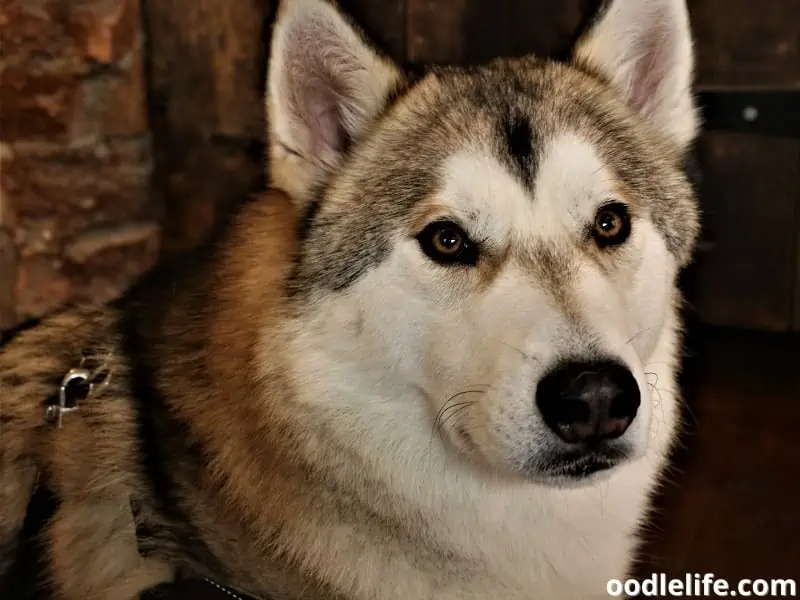
Age and Health
Dogs that are older or sick have weaker immune systems that cannot withstand excessive cold. Because of how weak their immune systems have become, they are unable to adequately generate or retain heat in their bodies. A dog coat or jacket helps them stay warmer even in these conditions.
So you can consider investing in some of those.
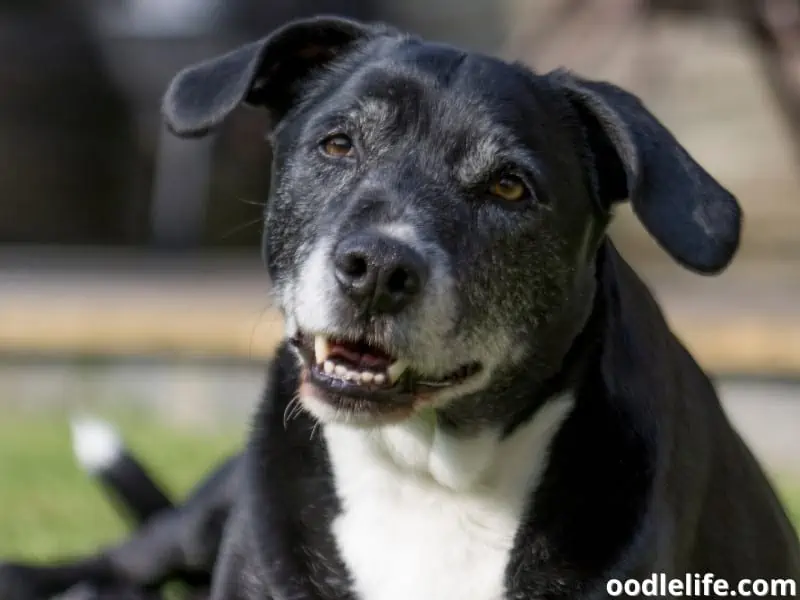
Dog Size
The size of your pooch also matters when it comes to cold tolerance. Smaller dogs, for instance, have a harder time during cold seasons. This is because they lose so much heat faster than larger dogs that can retain heat.
By that token, smaller dogs are at greater risk in intense and cold temperatures.
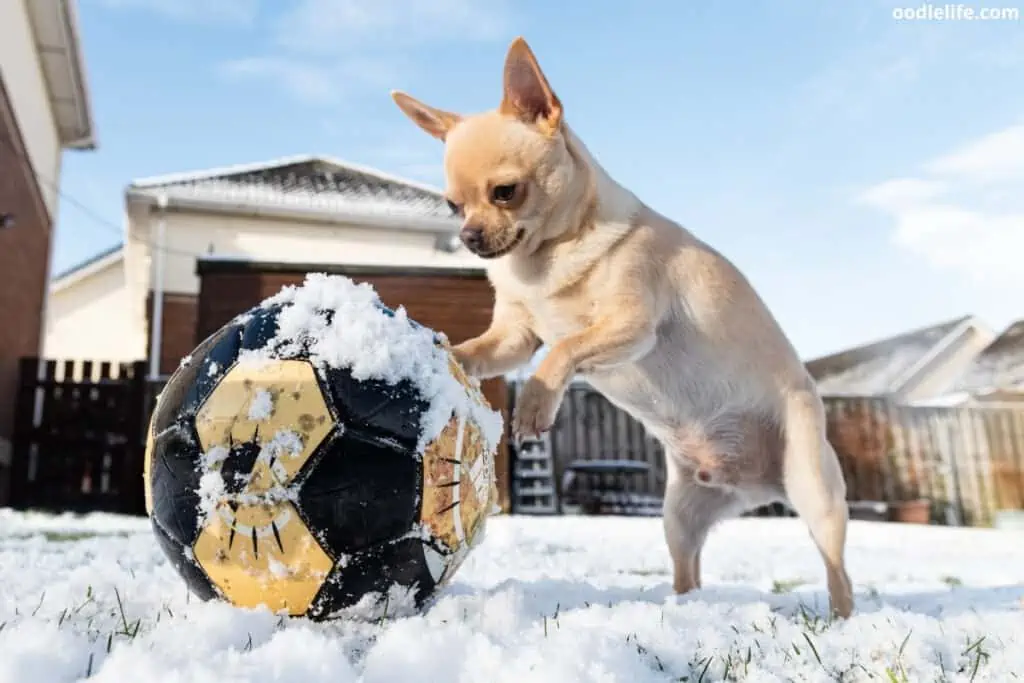
Environmental Factor / Condition that Affects How Dogs Feel the Cold
Cold temperatures are usually induced by natural environmental factors, which affect your dog and every other creature for that matter, which also includes us all.
Here are the common environmental factors that affect how dogs feel cold:
Dampness
A heavy fog, wet snow, or heavy storm that can easily soak the coat of your dog can make you feel chilly.

Cloudy days
Cloudy days without sun can still feel so chilly for your dog, since dogs can’t soak up the sun to warm themselves.
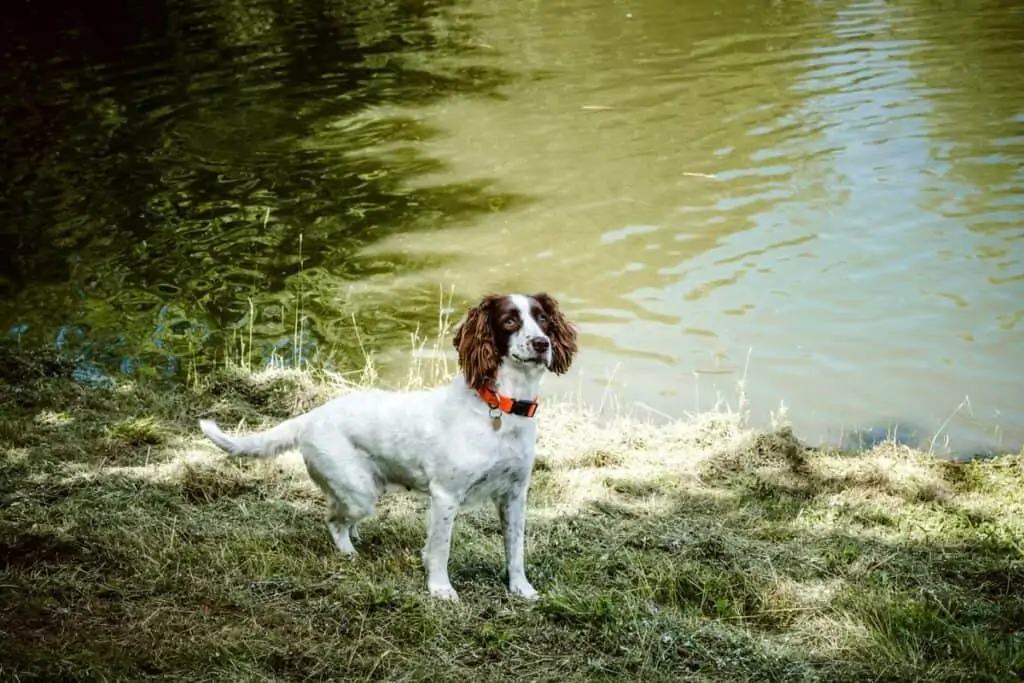
Chilly Wind
A sharp breeze could cut through a dog’s coat, and that could immediately send chills up its body.

How Cold is Too Cold During Winter?
Having checked the tolerance of your dog to cold, taking into consideration the factors listed above, you should also pay attention to the weather and how intense it is.
More explicitly, you should keep an eye on the snow, storm, temperature, wind chill, and cloud cover, which are weather conditions that play a significant role in the weather safety of your cold-tolerant or intolerant breed. PetMD gives average temperature degrees you as a dog owner should be aware of, to keep your dog safe in the winter seasons.

Adverse Effects of Cold in Dogs
Playing in the snow can be fun for your dog. He might enjoy it a lot at his tournament. You, however, have to keep in mind that too much cold can be dangerous to your dog.
When a dog gets too cold, he could develop hypothermia – a condition where the body temperature drops lower than normal. If the temperature continues to fall, the dog’s muscles can stiffen, reducing heart rate and potential death might be inevitable.
Frostbite is another adverse effect of too much cold. Although it’s not so common, it mostly occurs when the dog’s ears are stiff and other tails become passive which happens to be the most susceptible part of the dog to frostbite damage.

Guidelines for Cold Temperature in Dogs
Generally, unless the temperature falls below 45°F – it shouldn’t be a problem for most dogs. At this juncture, dogs that are accustomed to pervasive cold temperatures might start to feel uncomfortable. Trends to a degree are normal for most dogs.
But you should still consider the size, age, and coat type of the dog.
When the temperature is below 32°F for smaller dogs, with thin coats, or older dogs with health conditions, owners should pay closer attention to the well-being of their dogs.
When the temperature falls below, you are aware that at this point, your dog could potentially develop health problems related to colds such as hypothermia and frostbite. Never leave them outside in these conditions.
During the cold seasons, keep a closer eye on your dog’s behavior. And if you notice any shivering, anxiety, slowing down, searching for warmer places, or putting up one or more paws, then it’s a sign that it’s time to go inside.

Tips for Caring for Your Pet During the Winter
Having known that some dogs do better in the cold than others and that even those that can resist the cold have a degree to which they can tolerate the cold. Like with every other thing, exposure to excessive cold could cause health problems you don’t want to deal with.
By that token, it’s important that as a dog owner/parent you’re keen on caring for your pup during vulnerable seasons like winter. Especially if your dog falls into the category of the most vulnerable breeds to cold. It requires an investment of effort, thought, and preparation to help your pet have the best winter.
Here are a few things you can do to help your pet have the best winter ever, even in the freezing weather conditions or their cold averseness.
Protect its paws from ice
The paws are one of the sensitive places through which cold and health problems like frostbites can penetrate the body of your canine friend. You can wear dog booties for the dog, it helps to warm his paws even for short walks on the snow or ice. If your dog refuses to wear booties, try to wipe its paws after those walks.
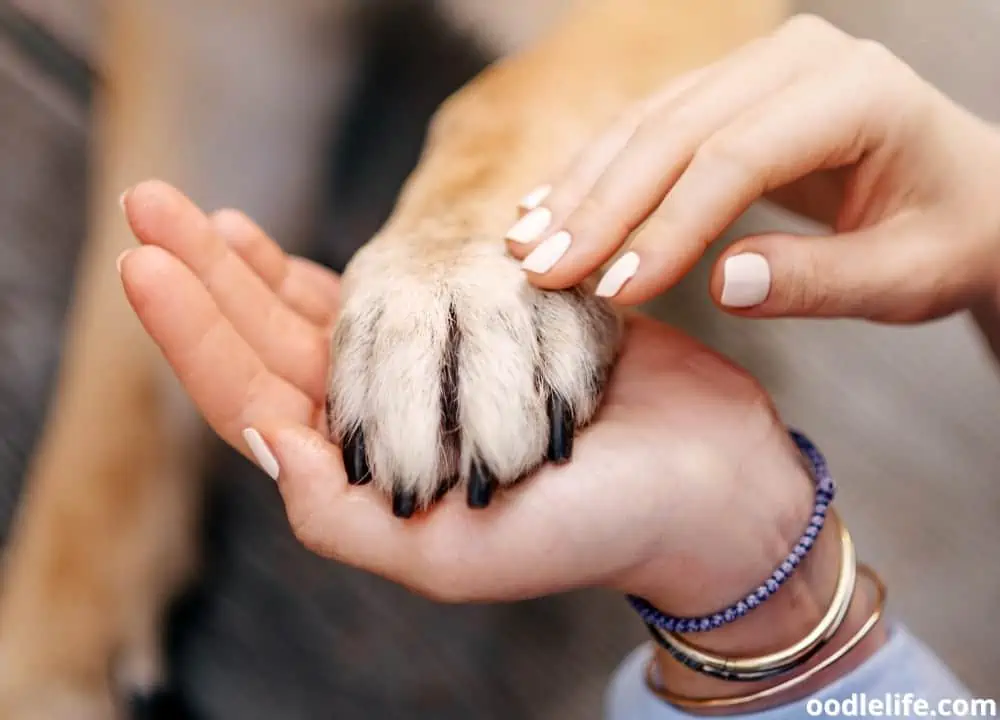
Make adjustments to basic caloric-intake
It is common for the activity level of dogs to drastically take a hit during winter. And as such, adjustments need to be made to ensure adequate nutrition.
For some cold-tolerant dogs like Huskies, going out in the snow to play is something they like to do, so for them, because they still expend a lot of energy, there should be an increase in their calorie intake.
For cold-averse dogs that have a low activity level during winter, because they expend less energy in their case, adjustments should be made to reduce their caloric intake.
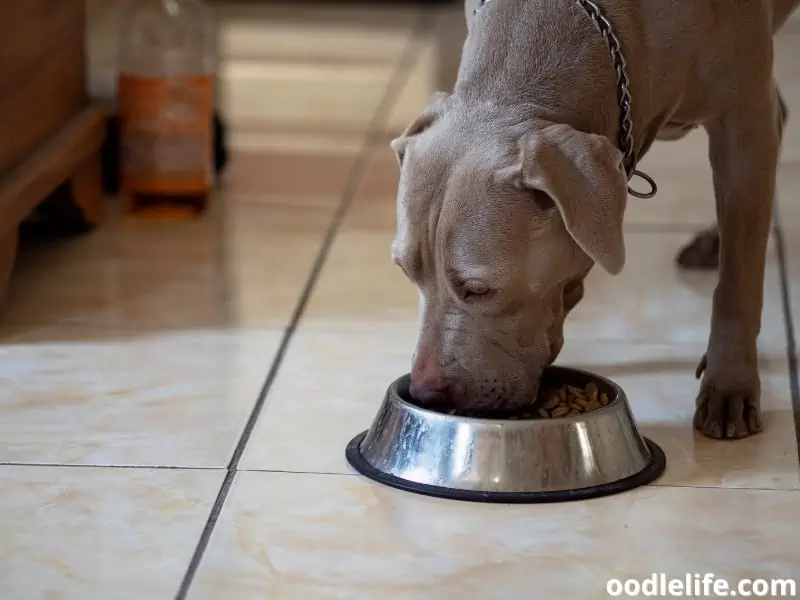
Block sources of heat at home
During winter, your dog tends to explore the house to find a perfect and warm spot to get curled up in for a quick nap. They are usually unaware of how hot these places may be. To prevent accidents or exposure to the risk of getting burnt, make those heat-generating areas of the house inaccessible to them.
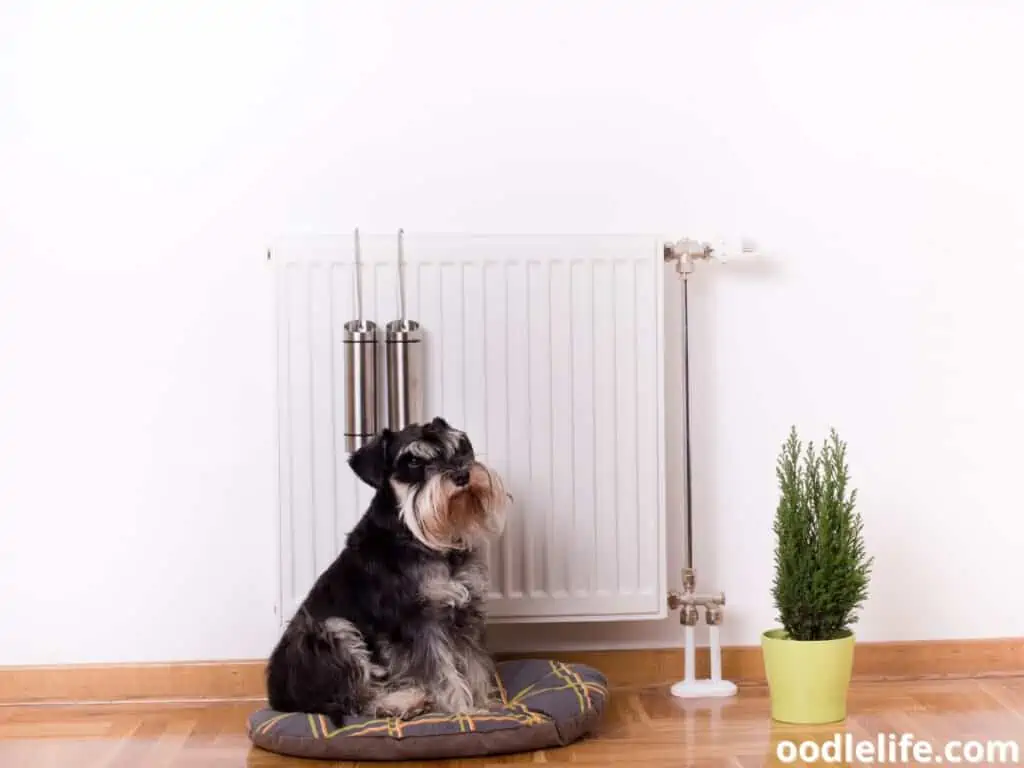
Reduced bath time
Increased bathing causes the dog’s skin to dry out. Therefore, in the winter season, moisturizers are the best buddies for your dogs, even for you as a dog owner. As a result, you want to cut back on bath time and keep it to the standard.

Keep the leash on outside
It’s risky for your dog to be running off without a leash, especially when the temperature drops during winter. Besides the fact that he could run into a moving vehicle. Dogs stand the risk of being hit by snow plows or falling through a body of water that’s not properly frozen.
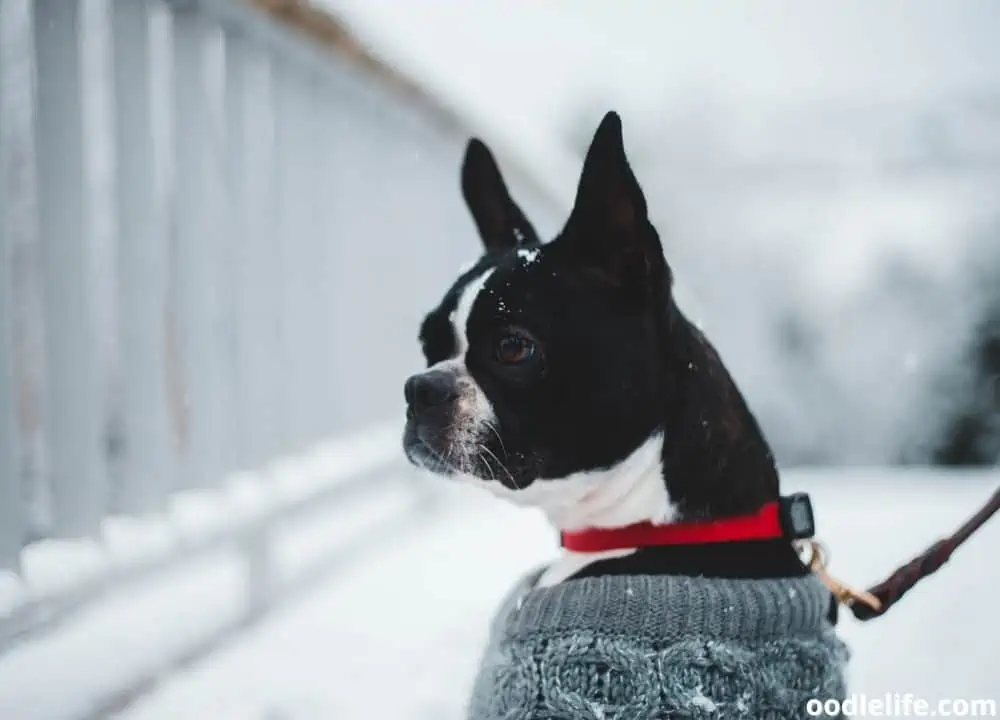
Conclusion
On a concluding note, any animal will suffer from the cold if left outside in extremely low temperatures. Only short-haired dog breeds such as Labradors, Greyhounds, and Beagles will be more susceptible.
At the end of the day, you are your dog’s white knight. You need to make the right choice in the best interest of your canine. However, if you’re in doubt about the degree to which your dog becomes acclimated, then you shouldn’t risk exposing them to too much cold.